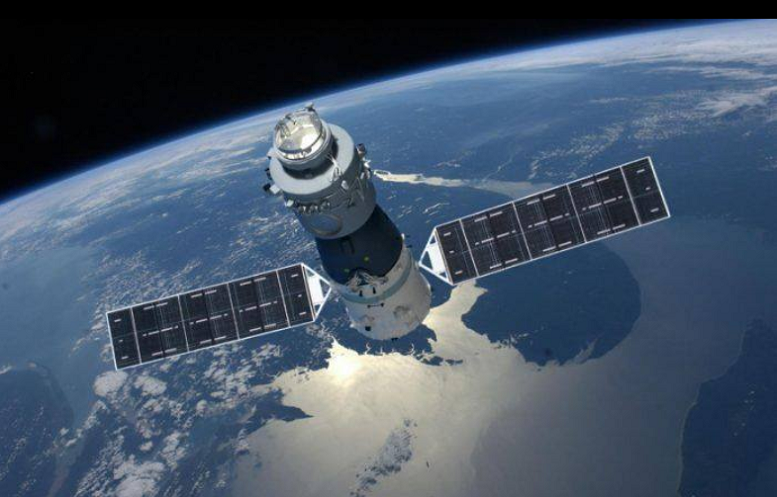Chinese space station Tiangong-1 is expected to re-enter the Earth’s atmosphere sometime between March 30 and April 2.
According to Chinese officials in a May 2017 report, the station, which had been put in orbit in September 2011, officially stopped operating on May 16, 2016.
The space station had run out of fuel and it could no longer be controlled by crews on the ground.
Currently, there is no predicted time on when the pieces of Tiangong-1 could make its re-entry, or where the pieces may fall, based on the changing density of the upper atmosphere.
The station is losing altitude at approximately 2.5 miles a day and orbits between 43 degrees North latitude and 43 degrees South, so every continent except Antarctica is in the potential fall zone.
According to Jonathan McDowell, an astronomer at the Harvard-Smithsonian Center for Astrophysics, “when it gets to about 24 hours out, we may be able to predict re-entry time to about three hours or so.”
Fragments of the station, which could weigh up to 220 pounds, are unlikely to land in a populated area, says Moriba Jah an astrodynamicist at the University of Texas at Austin.
In a recent article with National Geographic, Jah says “the highest probability is that [the pieces of the station] will land somewhere in the ocean” and, even if there are some pieces that make landfall, “most of the world’s population is centered around specifically coastal areas, which will further reduce the probability that any given survivable piece will hit a densely populated area.”
The last time a space station deorbited was in 1979 with NASA’s Skylab station, where parts of the station fell over Australia.
No one was physically injured, but a shire in Australia did fine NASA for littering.
>>>NASA Running Out of Funds for International Space Station
According to National Geographic, people who live in the mid-latitudes of the Northern and Southern Hemisphere will have the best chance at seeing Tiangong-1 make its re-entry, depending on the date.
Featured Image: Facebook











